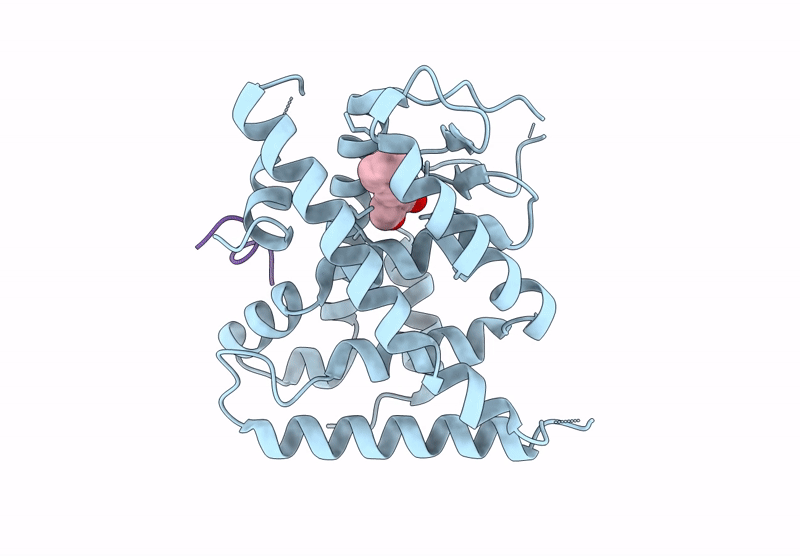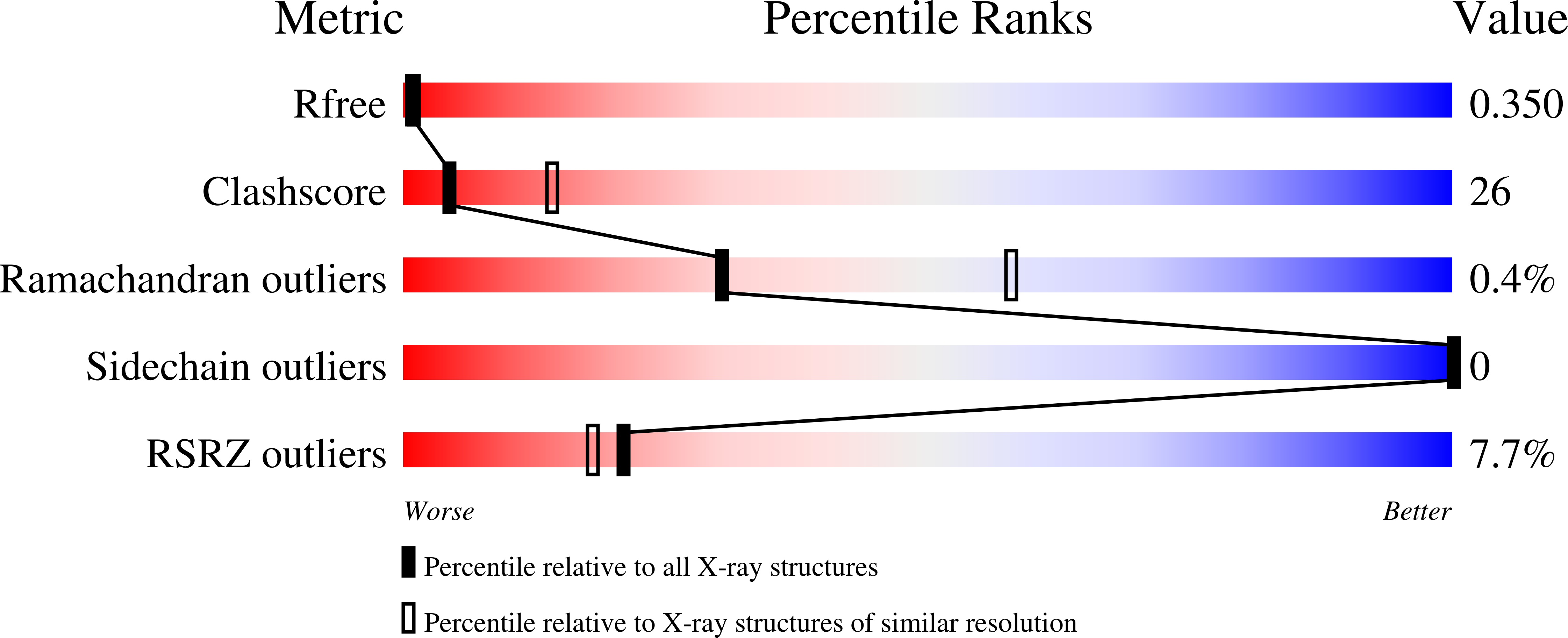
Deposition Date
2025-02-13
Release Date
2025-08-13
Last Version Date
2025-08-13
Entry Detail
PDB ID:
9IBR
Keywords:
Title:
Crystal structure of HNF4 alpha LBD complexed with GRIP-1 peptide and ESY13
Biological Source:
Source Organism:
Homo sapiens (Taxon ID: 9606)
Host Organism:
Method Details:
Experimental Method:
Resolution:
2.78 Å
R-Value Free:
0.35
R-Value Work:
0.28
R-Value Observed:
0.29
Space Group:
P 42 21 2


